
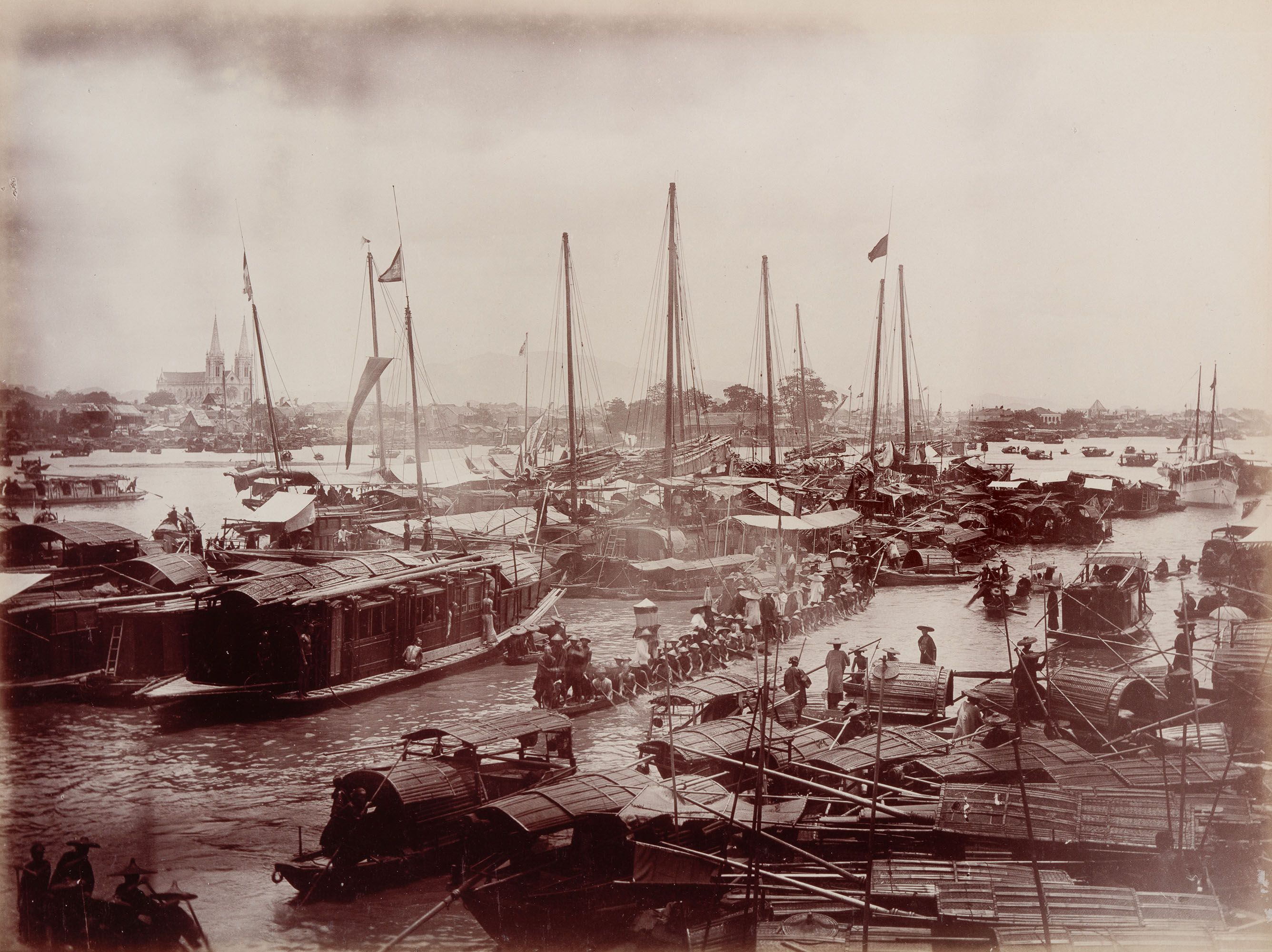
Lai Fong
1870s
Albumen silver print
21 x 29 cm
From the Loewentheil Collection
黎芳
1870年代
蛋白印相
21 x 29 厘米
洛文希尔收藏
Lai Fong captured one of the earliest photographs of Dragon Boat Festival. The ancient Chinese folk festival takes place throughout China on the fifth day of the fifth lunar month. The wooden boat, often decorated as a Chinese dragon, is operated by a crew of thirty to eighty people. They row in time with the team’s drummer who sits at the head of the boat. Crowds cheer the competitors from land and the decks of surrounding boats and sampans.
Since 2008, the Dragon Boat Festival has been a public holiday in China. In September 2009, the Dragon Boat Festival was added to UNESCO’s Intangible Cultural Heritage list, making it the first Chinese festival to receive the honor.
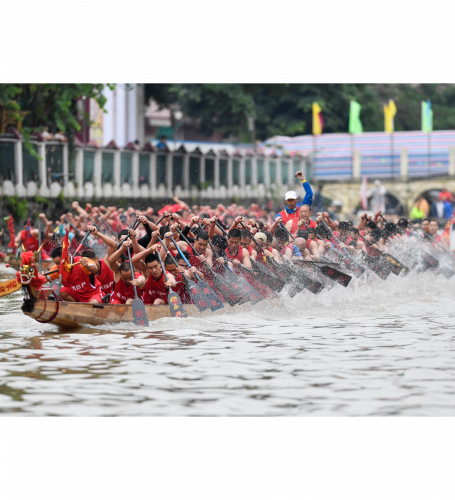
Participants compete in a dragon boat race on a river in Guangzhou City
In this photograph Lai Fong captures the energy and excitement of the dragon boat races, the centerpiece of the annual Dragon Boat Festival. Scholars believe dragon boat races originated at least 2000 years ago during the time of the Warring States. Since the Tang and Song dynasties, the grand celebrations and races of the Dragon Boat (or Duanwu) Festival have been recorded by Chinese calligraphers and painters. Lai Fong masterfully used the new technology of photography to capture the important cultural tradition as it happened. In his photograph Lai Fong captures the energy and excitement of the dragon boat races, the centerpiece of the annual Dragon Boat Festival. The slow wet plate collodion photographic process made it impossible to stop action completely in an image, so the racing figures and some of the spectators appear blurred.
Dragon Boat Festival Traditions Still Practiced Today
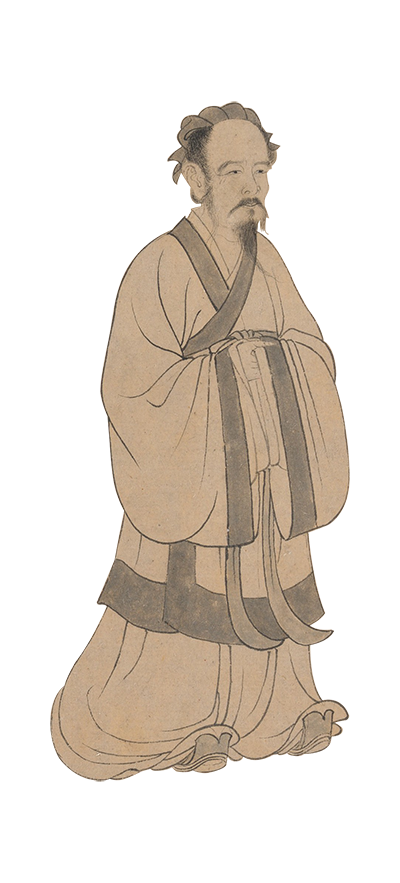
The Legend of Qu Yuan
Dragon boat racing is the most celebrated activity of the Dragon Boat Festival. There are many stories explaining the origin of dragon boat racing. The most popular legend suggests that the festival commemorates the death of poet Qu Yuan (343-278 BC), revered as the father of Chinese romantic literature. When the poet drowned himself in the Miluo River, villagers raced to the middle of the river in a desperate attempt to save him. When his body could not be found, the people dropped balls of sticky rice, zongzi, into the river so that fish would eat the rice, not Qu Yuan’s body. Zongzi are eaten during the Dragon Boat Festival as part of the tradition.
Qu Yuan, as depicted in the Nine Songs, Fourteenth Century.
Qu Yuan’s magnus opus Li Sao, or “Encountering Sorrow” is a part of an anthology known the “Songs of Chu.” It is one of the longest poems from ancient China, with over 350 lines and 2,400 characters.
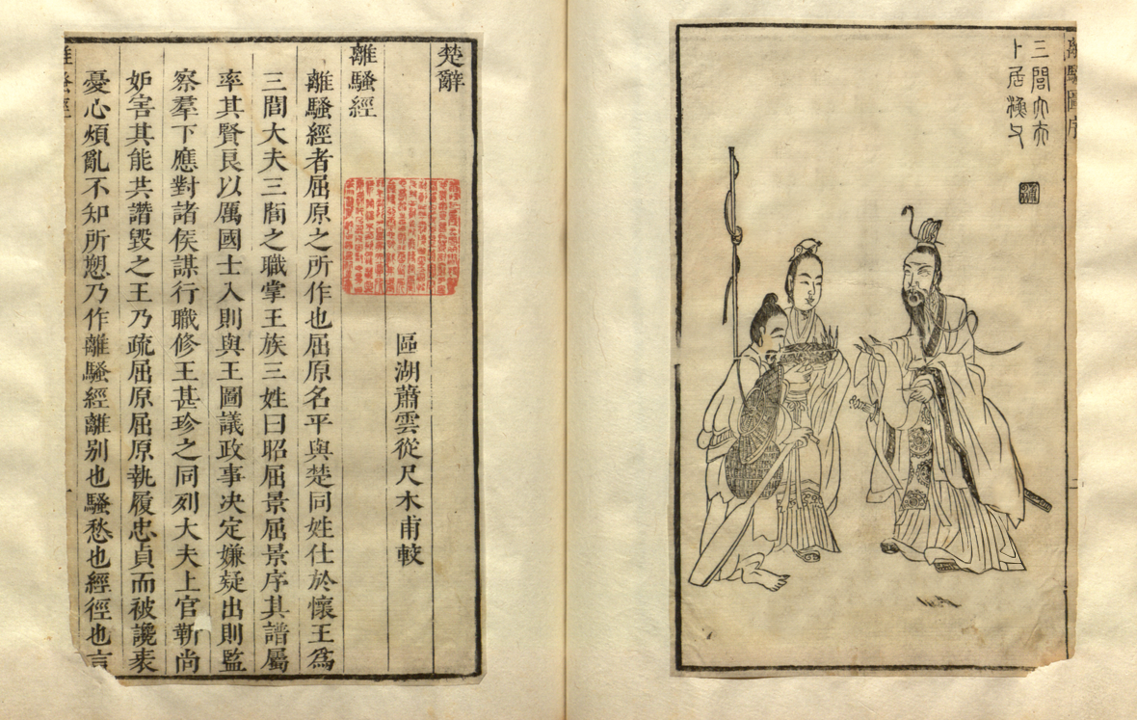
Two pages from Songs of Chu, 1645, showing the poem “ The Lament.”
Famous Excerpts from “Encountering Sorrow”
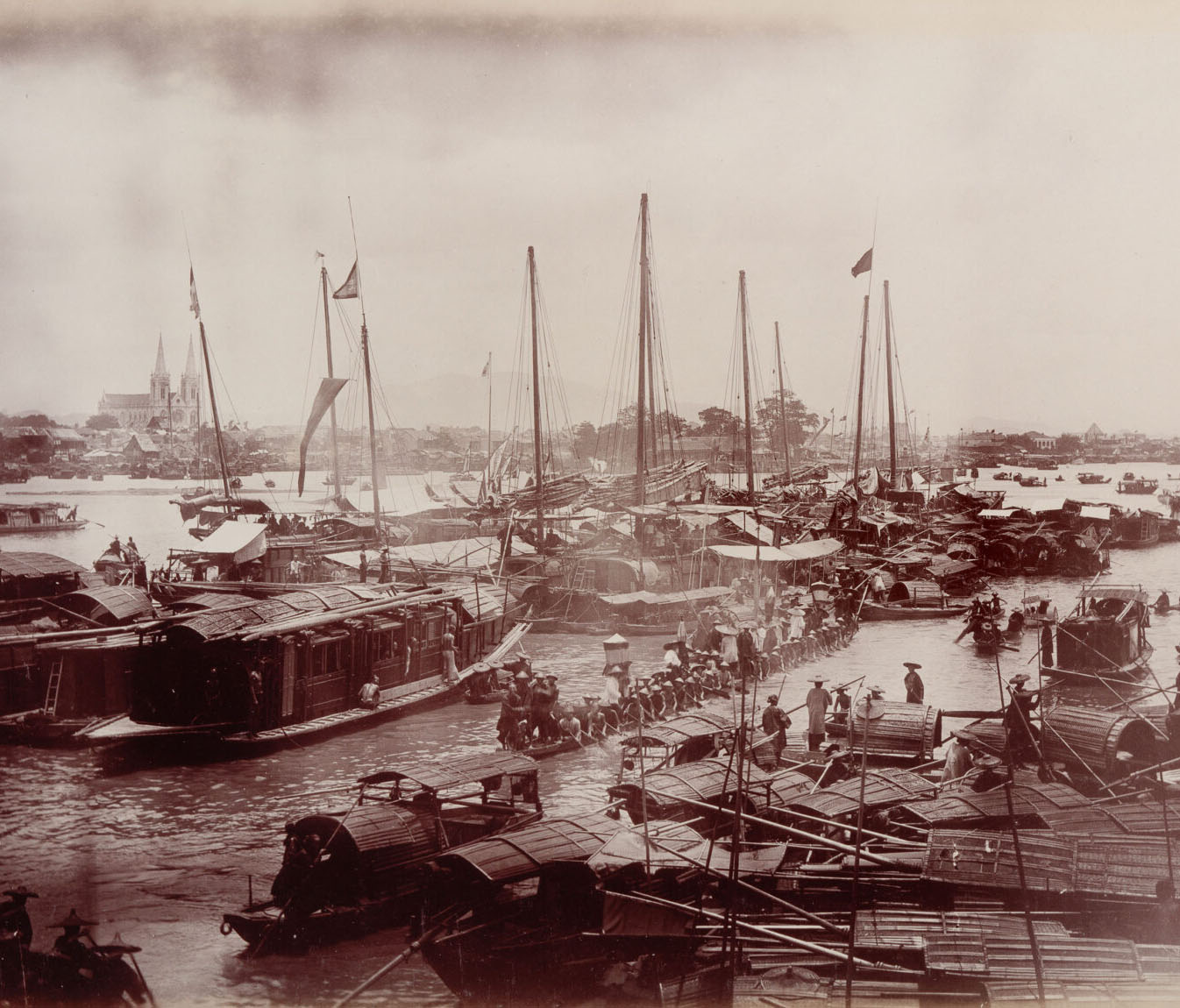
Long, long had been my road and far, far was the journey;
I would go up and down to seek my heart’s desire.
(translated by David Hawkes)
路漫漫其修远兮
吾将上下而求索
For permissions and inquiries please contact:
446 Kent Avenue PH-A Brooklyn, NY 11249 USA